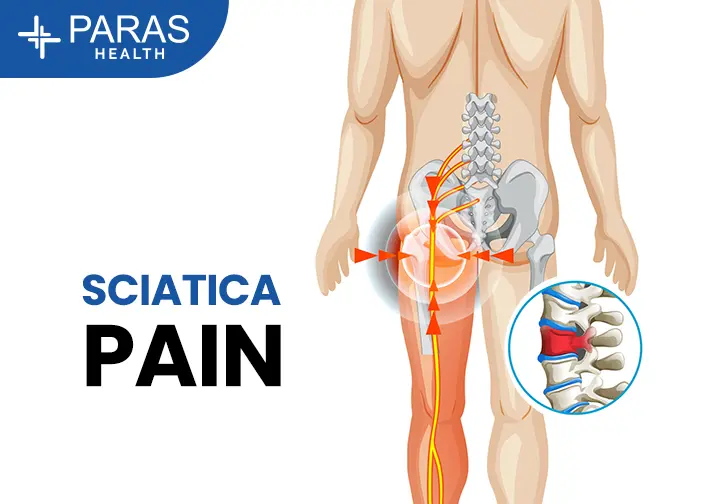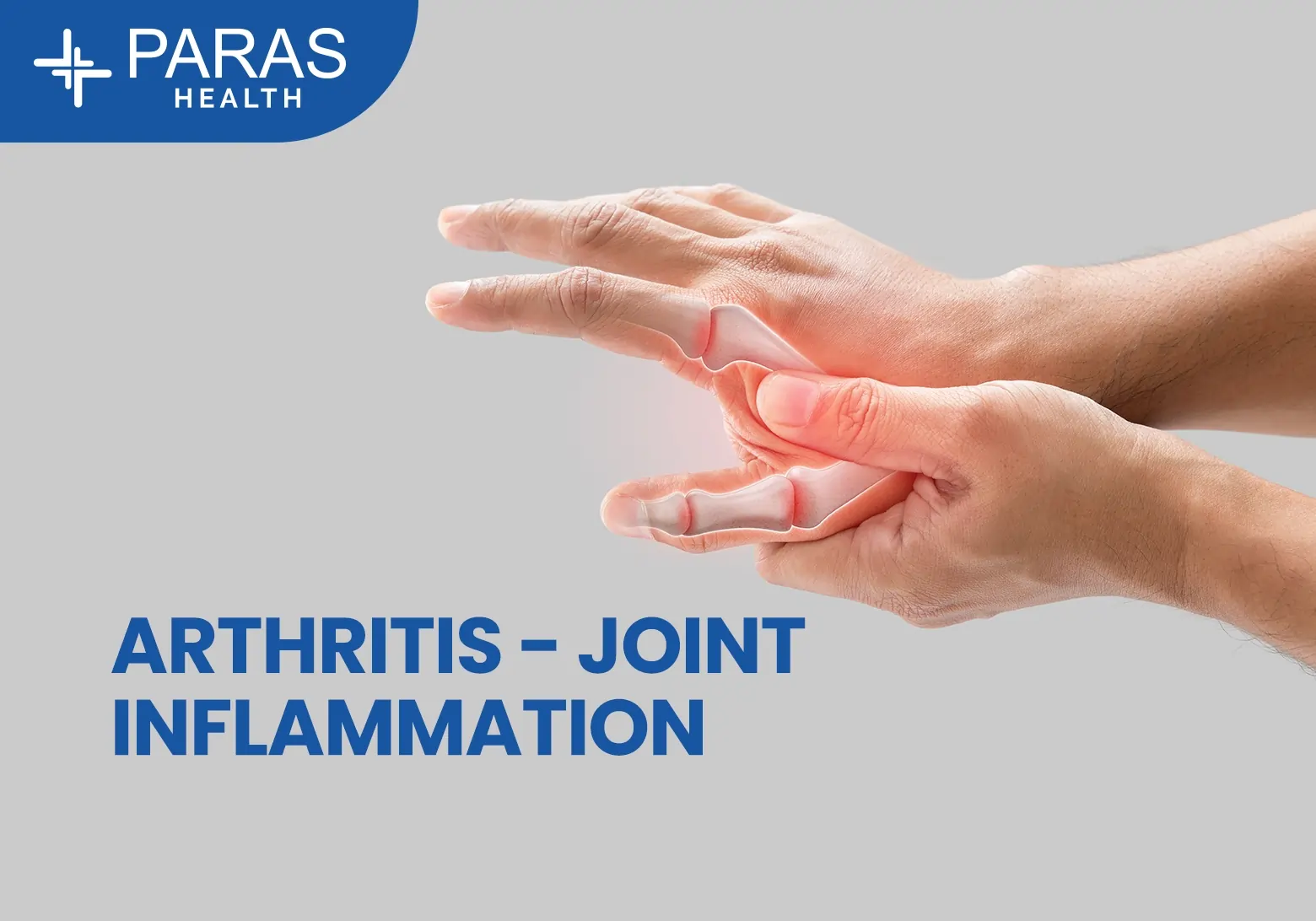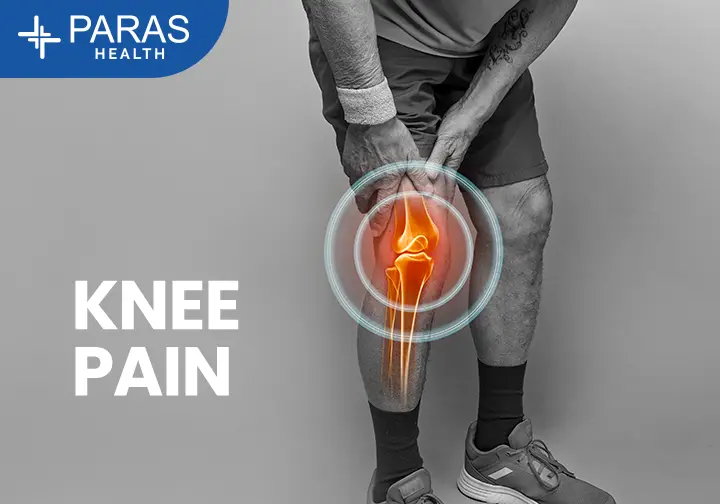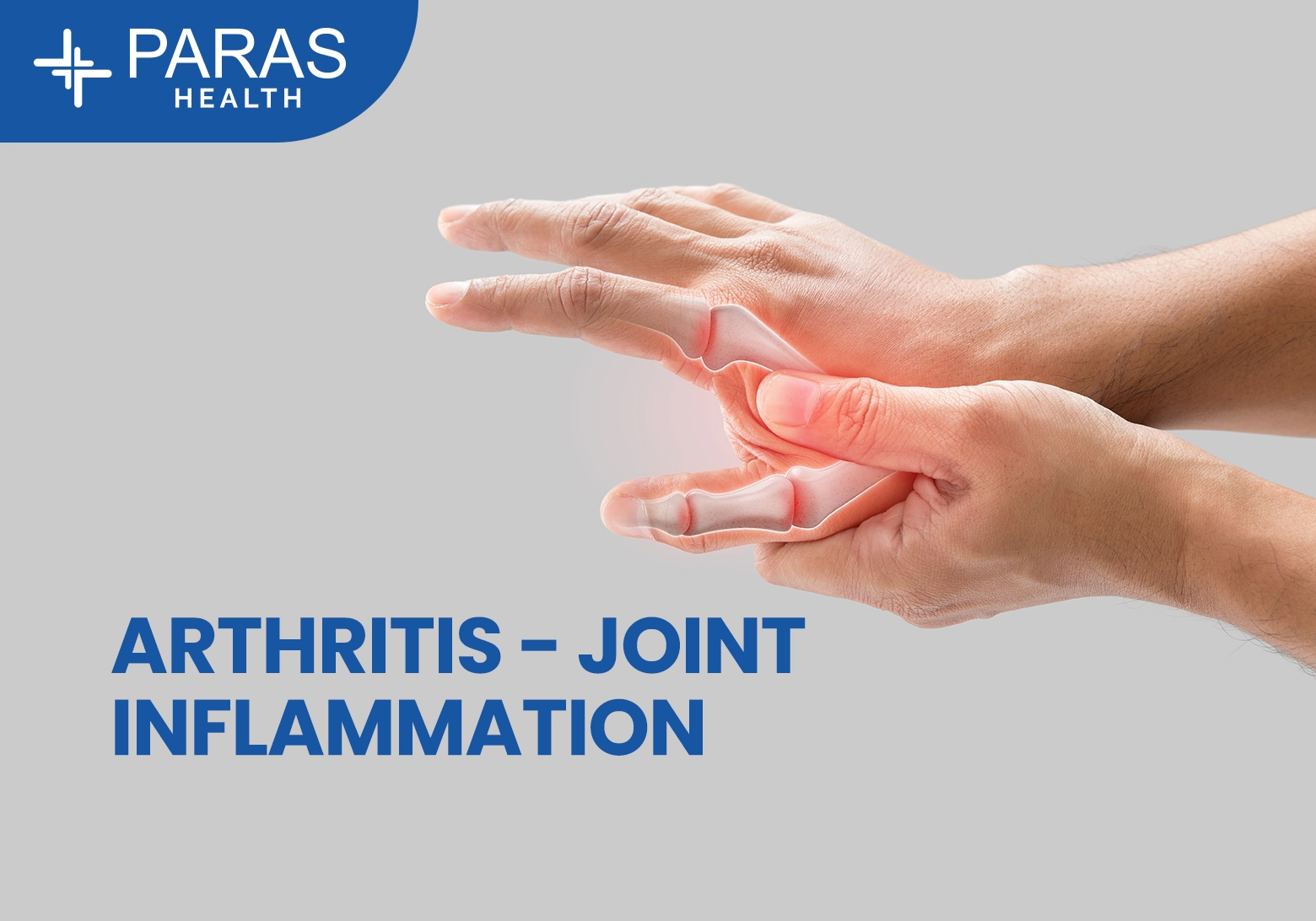Osteoporosis – The Silent Bone Killer
Apr 19, 2022
In our practice as orthopedic surgeons at Paras Hospital, Gurugram we see a lot of elderly patients coming to our OPD or emergency with fractures of the hip, wrist, or back following minor falls. These patients are usually suffering from Osteoporosis which in medical terms is having fragile or brittle bones. It has various risk factors associated which usually help us to identify it on OPD basis before it can complicate into a fragility fracture, but it’s unfortunately absolutely asymptomatic until the patient fractures a bone. This is the reason its exact prevalence cannot be assessed and there are no Indian figures regarding the same, but it is estimated that nearly 43% population above the age of 50 years may be affected in the USA.

Risk Factors
Risk factors for osteoporosis include
- increasing age especially above 50,
- female gender,
- low bone mass i.e. lean and thin people,
- history of fractures,
- smoking,
- Medical conditions like rheumatoid arthritis, and the use of prednisone or other steroids for a prolonged period, and a number of other medications
Common Bones Affected
- vertebrae,
- hip bones,
- wrist bone
How can You Prevent it?
Patients should be aware of the risk factors. Avoid smoking and excessive alcohol consumption. After 45 years of age especially in females, one should get a Bone Mineral Densitometry (DEXA Scan) test done which objectively tells about the bone strength. If it turns out to be bad then consult us and take corrective measures accordingly. In this kind of case, BMD should be repeated every 2-3 years.
If one is taking any steroid medication for any medical condition, then consult us regarding the possibility of developing osteoporosis. Do Regular Exercise, which should include both muscle strengthening exercises and impact exercises like jumping, running, and lightweight training. Elderly males are also prone to osteoporosis if one has testosterone deficiency, which has to be treated with HRT – hormone replacement therapy.
Patients having poor bone density are usually treated according to the severity assessed by the BMD test which gives a T Score for assessment of fragility fracture risk. If the T score is very low and fragility fracture risk is very high then medications like Bisphosphonates, Recombinant Parathyroid hormone, or Human recombinant antibody (Denosumab) injections may be given. Regular follow up is a must.
If one develops an osteoporotic fracture then it’s possible to treat these fractures in plaster and with surgery, though the fracture healing may be delayed due to poor bone quality. Hence it’s best to identify the problem early and get osteoporosis treated if not prevented.









